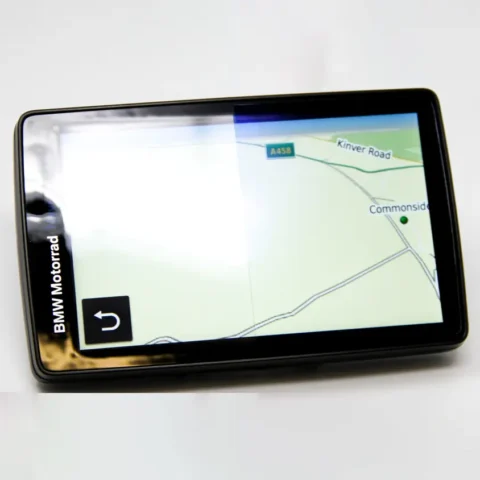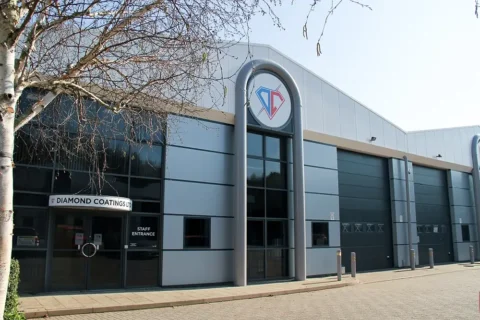
Enhance Your Garmin Nav 6 with AR Film
We’ve taken our expertise and applied it directly to your journey, developing an Anti-Reflective Film for the Garmin Nav 6
For orders placed online please contact us for an accurate shipping quote, sorry for any inconvenience.

Before exploring AR coatings’ history, permit us to briefly look at precisely what anti reflective coatings are…
Antireflective or AR, coatings are, not surprisingly, optical coatings that are applied to surfaces (lenses, optical elements, etc.) to lower reflection. Eliminating stray light, these coatings also improve typical imaging systems’ efficiency (lower reflection equals lower loss of light) and image contrast in complex (telescopes, microscopes) systems (especially important within the field of planetary astronomy).
For many applications (like, for example, coatings designed to reduce glint from covert viewers’ telescopic sights/binoculars or to improve visibility of eyeglass-wearers’ eyes on lenses), elimination, or at least reduction, of reflection is indeed the primary benefit.
Consisting of thin structures of transparent film, many such coatings feature layers alternating with contrasting refractive indexes. These layers’ thicknesses are specified to induce destructive and constructive interference in beams that are reflected form an interface and corresponding transmitted beams respectively. Changing the structure’s performance depending on incident angle and wavelength, this often results in the appearance of color effects at oblique angles.
While specification of wavelength ranges is necessary when developing/ordering AR coatings, achieving good performances is possible across a fairly wide range of frequencies, with available options usually including UV (ultra-violet), visible and IR (infra-red). But where did it all start?
British physicist and winner of the 1904 Nobel Prize for Physics Lord Rayleigh (3rd Baron Rayleigh John William Strutt) discovered the first, simplest kind of AR coating in 1886, when tests he performed on tarnished old glass (at the time, chemical reactions between optical glass and the surrounding environment cause surfaces to tarnish) revealed – much to his surprise – that more light was transmitted by these tarnished pieces than by untarnished new glass.
The tarnish replaced the natural air-glass interface of these pieces with two new interfaces: air-tarnish & tarnish/glass. The refractive index of the tarnish between air and glass resulted in the reflection exhibited by these two interfaces was less than that of a clean air-glass interface. The combined reflection of these new interfaces is, in fact, lower than that of a ‘naked’ glass-air interface. It is possible to calculate this using the Fresnel Equations.
Lord Rayleigh’s discovery was soon followed by invention/development of:
Following decades of research and development by varying scientists and manufacturers, Diamond Coatings entered the scene in 2002, when the company established a state-of-the-art AR & ITO coating manufacturing plant in the West Midlands, UK.
Of particular benefit is the large size of the parts that Diamond Coatings can apply AR coatings to. We can anti-reflect parts up to 1m x 1m, which is much larger than typical for the coating industry.
Continually developing new coatings (frequently especially designed to meet the specifications required by clients) and application techniques/technology, the company expanded its operations to Phoenix, Arizona in 2016 and is now one of the world’s leading suppliers of coatings vacuum-deposited onto virtually any shaped/flat substrate for industries including:
To learn more about Diamond Coatings’ products and/or discuss your specific needs, please do not hesitate to get in touch with our team of experienced, innovative specialists today.

We’ve taken our expertise and applied it directly to your journey, developing an Anti-Reflective Film for the Garmin Nav 6

At Diamond Coatings, we provide the foundational transparent conductive coatings that are absolutely essential for capacitive switches

An ITO company fundamentally deals with the precise deposition of Indium Tin Oxide onto various substrates

Glass offers transparency and clear views. But what if it could also conduct electricity, integrating power and data directly into a transparent surface?
If you are interested in any of our products or services, please use the contact form or give us a call, we will be happy to discuss how we may be able to help you.